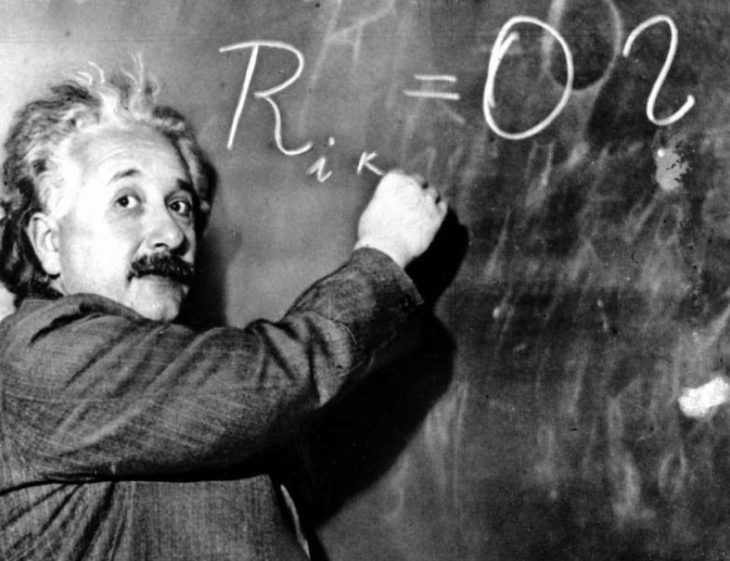
Word of the Day: Chutzpah
Chutzpah (or chutzpa) [hƱt spǝ] means “unmitigated effrontery or impudence; gall” or “audacity, nerve.” According to etymonline.com, the word enters the language in 1892 “from Yiddish khutspe “impudence, gall,” from Hebrew hutspah. The classic definition is that given by Leo Rosten: “that quality enshrined in a man who, having killed his mother and father, throws himself on the mercy of the court because he is an orphan.”
For those who don’t know, “Yiddish … is the historical language of the Ashkenazi Jews. It originated during the 9th century in Central Europe, providing the nascent Ashkenazi community with a High German-based vernacular fused with elements taken from Hebrew and Aramaic as well as from Slavic languages and traces of Romance languages. Yiddish writing uses the Hebrew alphabet” (https://en.wikipedia.org/wiki/Yiddish). In other words, Yiddish is a creole, just like English—a language that is a blend of two (or more) other languages. Yiddish is spoken by about 600,000 people world wide, about 250,000 in the US, about 250,000 in Israel, and about 100,000 in the rest of the world. The number of speakers has leveled out. The peak number of Yiddish speakers was 11 million, mostly in Europe before the Holocaust (https://jewishstudies.rutgers.edu/yiddish/102-department-of-jewish-studies/yiddish/159-yiddish-faqs#today).
So, who are the Ashkenazi Jews? The Ashkenazi Jews, or Ashkenazim, are supposed to be descendants of Ashkenaz, the son of Gomer, who was the son of Japhet, who was the son of Noah (Genesis 10:3, 1 Chronicles 1:6). Ashkenaz is a nation in Jeremiah 51, “Set up a standard on the earth; blow the trumpet among the nations; prepare the nations for war against her; summon against her the kingdoms, Ararat, Minni, and Ashkenaz; appoint a marshal against her; bring up horses like bristling locusts” (27).
Ashkenaz is associated by the historian Jordanes, writing in Constantinople in the 6th century, with the far north, even perhaps the Arctic. The Ashkenazim migrated from the Jewish homeland to the Rhine river in Germany and France. They thrived in northern and later eastern Europe prior to the Holocaust, and even today, the Ashkenazim make up a large majority of the world’s Jews (the other Jewish group is the Sephardim or Sephardic Jews, who moved through North Africa into Spain and Portugal).
While the Ashkenazim make up a mere .1% of the world’s population, and only 2% of the US population, they have achieved a great deal of success; indeed, they are over-represented in a number of categories. For instance, 27% of US Nobel Prize winners in the 20th century were Ashkenazim, along with 25% of Fields Medal winners, 25% of Turing Award winners, and 50% of the world’s chess champions. Albert Einstein, Time Magazine’s Person of the Century, was an Ashkenazim. 21% of Ivy League students. 38% of Oscar-winning directors.
There are certain genetic markers to identify Ashkenazi Jews. They are a group. And as a group, they have been found, through studies, to have a higher average IQ than other groups, anywhere from 107 to 115 on average (the average average is 100). If you think you might be an Ashkenazi, you can find out through genetic testing, like through 23andme. But be careful as there are a number of genetic diseases that happen more often to Ashkenazi Jews, like cystic fibrosis, Gaucher disease, and Tay-Sachs disease.
With my last name, I’ve often wondered if I have Ashkenazic genes. Schleifer is the last name of the current president of the American Jewish Committee, a global Jewish advocacy group. Ancestry.com says of my last name, “German and Jewish (Ashkenazic): occupational name for a grinder (of knives, scissors, and the like), from an agent derivative of Middle High German slifen, German schleifen ‘to grind’” (https://www.ancestry.com/name-origin?surname=schleifer).
But I haven’t contacted 23andme, nor do I plan to. Why? I suppose that I would rather believe that I am descended from Ashkenazim than find out for sure that I am not. The uncertainty allows me to go through life with a certain chutzpah.
The image is a picture of Albert Einstein from The Los Angeles Times (https://www.latimes.com/science/sciencenow/la-sci-sn-ashkenazi-jews-dna-diseases-20140909-story.html).